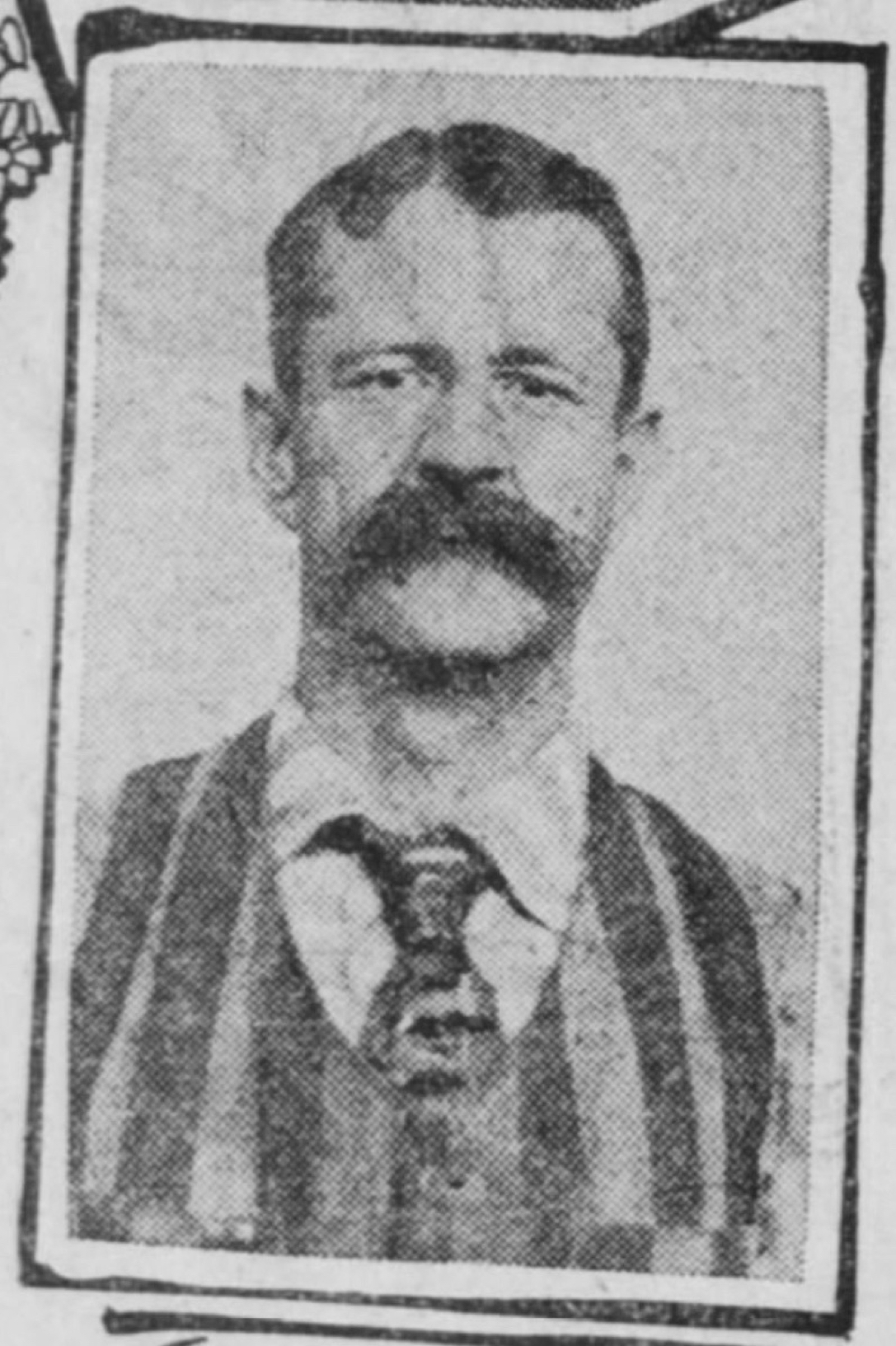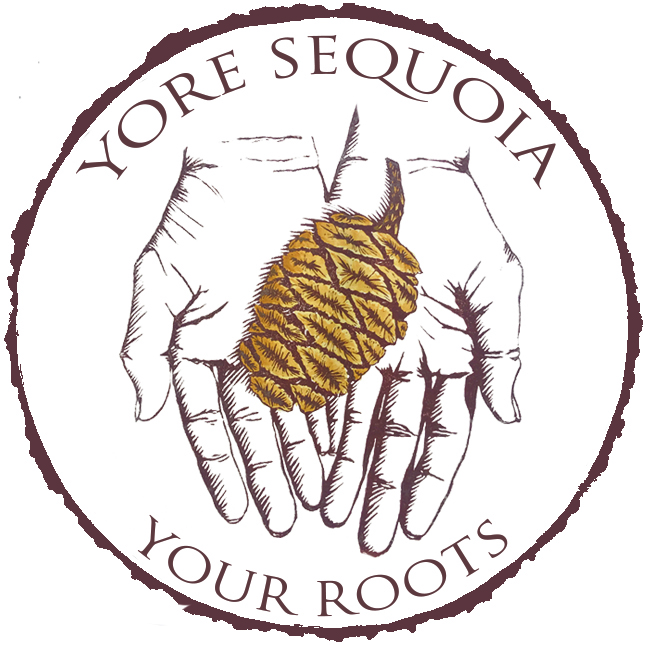Part Eight: The Barber of Bodie
By Laile Di Silvestro. Published March 2025.
This is Part Eight of a multi-part series by historical archaeologist Laile Di Silvestro. The series started with an astonishingly bold act—two women staking a claim in the remote Mineral King Mining District in what is now Sequoia National Park. The tale unfolds in California in the second half of the 19th century. It was place and time where women struggled to thrive within power structures that favored unscrupulous men. It is a true story. Read Part Seven HERE.
Thus far in our story, we have had ghosts, corrupt coroners, lynchings, murder, and rape—and Gilkey women apparently living lives of adventure, maternal love, and marital harmony. After the last two posts, you might be lulled into thinking we are done with murder and mayhem.
We are not done, however, with Gilkey men.
It is, indeed, time for us to turn to Lizzie’s cousin Frank.
Frank was six when the family traveled west to the gold fields and farm lands of Tuolumne County. Unlike the rest of the family, his parents stayed in the county when the others moved down to the Pajaro area in Santa Cruz and Monterey Counties.
In 1876, at the age of twenty-three, Frank was a remarkably slim man of 5’ 8 ½”. He had a ruddy complexion, hazel eyes, and black hair. Frank labored on a ranch and may have radiated the jaunty air of a cowboy. Romance entered the story in the form of the seventeen or eighteen year old Mary Louise Schell. She married Frank on 20 June 1877 and gave birth to a healthy son somewhat less than nine months later.
In 1880, the family acquired 320 acres just three or four miles east of Sonora. Four months later, Louisa gave birth to another little boy. Life was looking good. They had a ranch and a growing family. And only a mile or so down the road Frank’s good friend, the German immigrant “Old Bill” Bergel, served liquor in his farmstead home.
Then, death paid Old Bill a visit.
Frank was the one to discover the body. It was about lunch time on 16 December 1881. He and his friend John Buckman dropped by Old Bill’s for a drink. Soon after, Mr. Wheeler and his son drove up in their wagon. Old Bill wasn’t in the house, so Frank stepped behind the bar and started serving drinks. At some point, Frank decided to go find his friend. He went out back to a field where he had seen Bill working a few days earlier. He climbed on top of a wall to see better and was about to call out for Old Bill when he saw the corpse below.
Old Bill’s hands were tied behind his back. A sheet was tied tightly around his neck. He had been shot through the ear and his throat was cut. Frank rode to Sonora and called the coroner.
The sheriff, coroner, detective, and lawyer on the case had financial incentive to find a culprit, if not the actual culprit. Old BIll’s family and county had offered $1000 for conviction, and the men wanted the award.
The gun used to shoot Old Bill wasn’t Frank’s and Frank had alibis, but it didn’t look good for him. He admitted to jokingly discussing robbing Old Bill with Tip Ackerman and Tobe Richards. To make matters worse, he was seen visiting Tip after the murder. Tip later testified that Frank was the murderer and had threatened him to remain silent. To make matters even worse, Tobe was told he’d be hanged if he didn’t admit his guilt. Tobe confessed.
Frank continued to assert his innocence, however, and his case went to trial. Frank was given a life sentence and sent to San Quentin. Oddly, enough, Frank was allowed to take his gun to prison. He was also allowed to wield a straight razor. As anyone familiar with the Barber of Seville knows, such razors can be used to inflict the same sort of throat wound poor Old Bill suffered. Frank became the prison’s head barber.
As the years passed, Frank continued to assert his innocence. Frank’s now impoverished wife maintained her devotion to him for a time, but eventually they divorced and she remarried. The story would have perhaps ended here, were it not for a principled district attorney.
The plot shift came in 1903, when another murder was committed and a substantial award offered. The detective who had worked on Frank’s case discussed the matter with the district attorney, James Booker. The detective said that all they needed to do was “trump up circumstantial evidence” as they had in Frank’s case. Booker, shocked, asked the detective if Frank was innocent. The detective responded affirmatively The admission was enough to win Frank’s pardon.
Upon release, Frank joined one of his sons in the picturesque mining town of Bodie, California. And, yes, he brought both his gun and his straight razor with him.

To be continued…
Read Part 9.
Read the entire series here.
Sources:
Census records (Tuolumne County, CA)
Marriage records (Tuolumne County, CA)
Sacramento Daily Record Union. “Brutal Murder In Tuolumne County.” 19 December 1881, p. 3.
Sacramento Daily Record Union. “The Tuolumne County Murder Case—A Stage Robber Confesses.” 2 March 1882, p. 1.
The Evening Mail (Stockton). “Frank Gilkey’s Deed.” 8 March 1882, p. 3.
The San Francisco Call. “Hope’s Ray Gleams for Prisoners” 24 September 1903, pp. 1-2.
